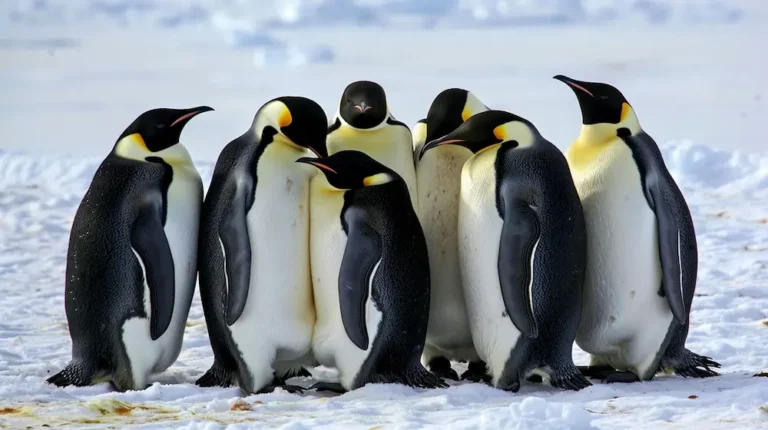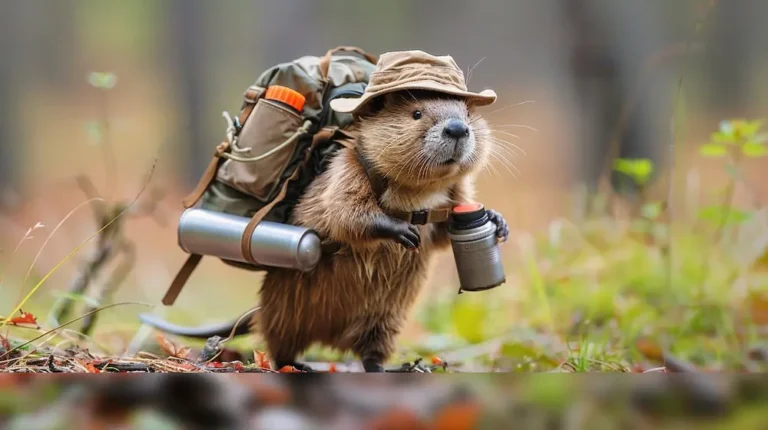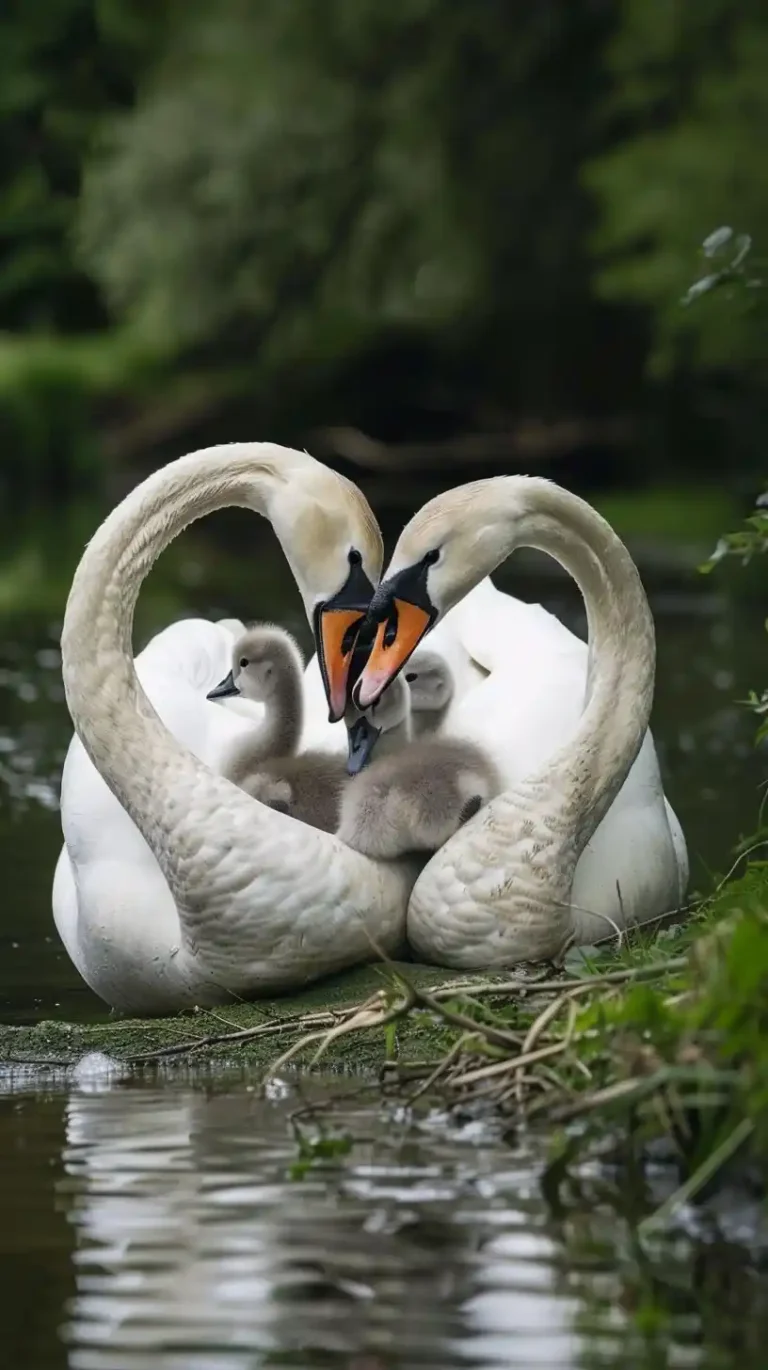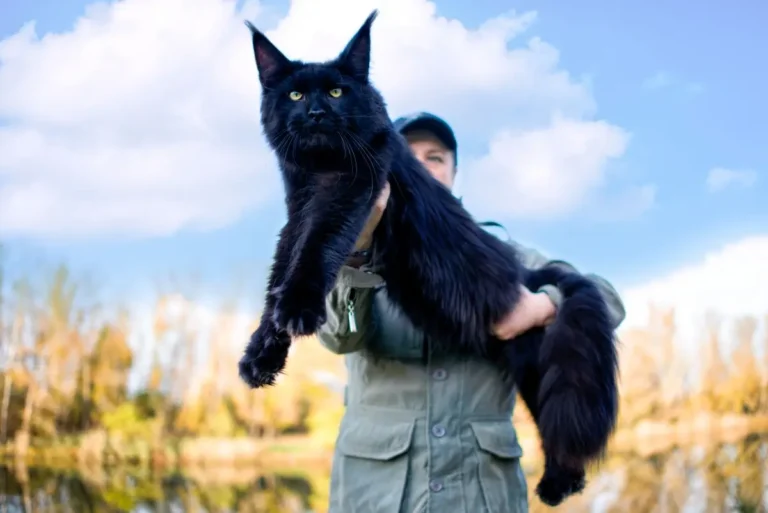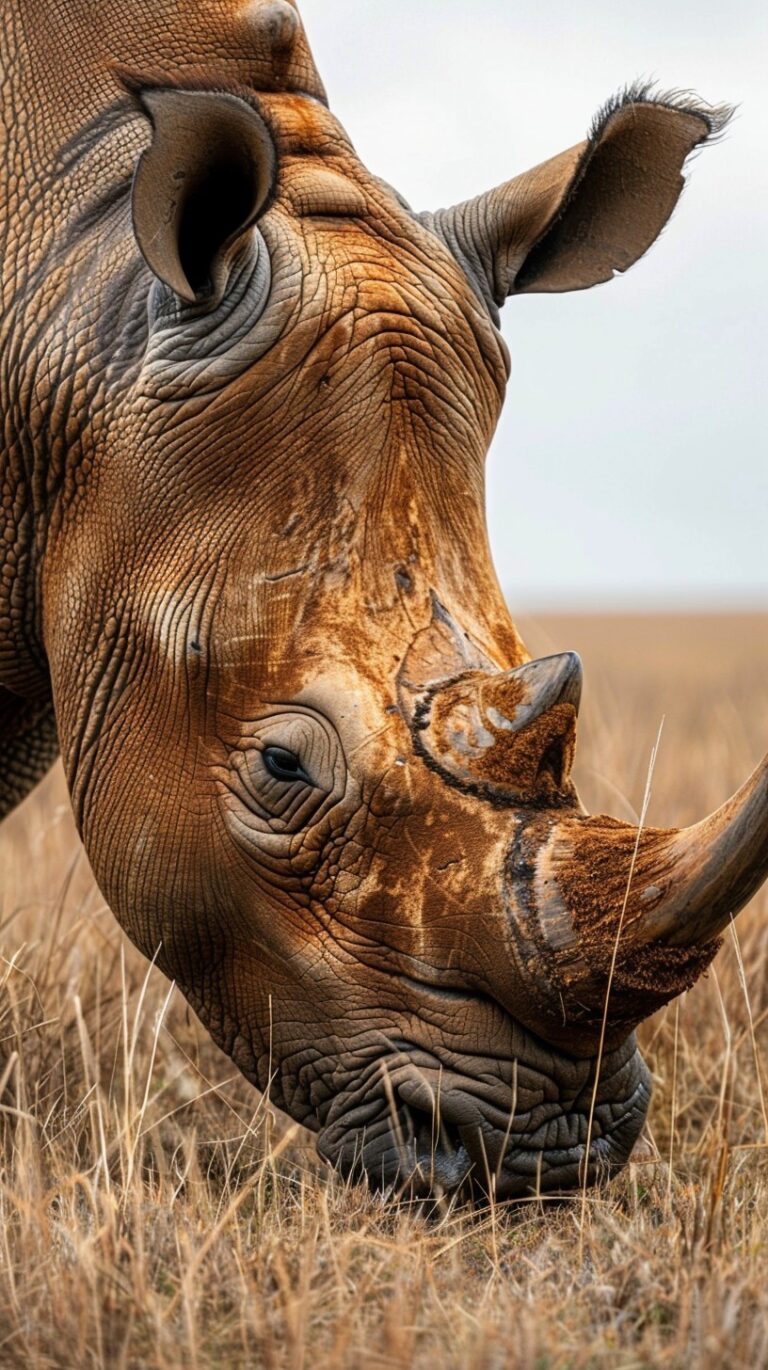🐻❄️ Discover the Cool Facts About Polar Bears! 🐻❄️ Ever wondered what makes polar bears the ultimate Arctic predators? From their incredible survival skills to their unique adaptations for icy environments, these magnificent creatures are full of amazing surprises.
Join us as we dive into a collection of fun and fascinating facts about polar bears that will leave you in awe of these majestic icons of the North! ❄️🌨️🧊
Interested in other animal’s facts, check out our curated list for more fun facts about animals.
Polar Bears
Polar bears, scientifically known as Ursus maritimus, are large carnivorous mammals native to the Arctic regions, including parts of Canada, Alaska (USA), Greenland, Russia, and Norway.
They are the largest living species of bear and land carnivore, with adult males weighing between 300 to 800 kilograms (660 to 1,760 pounds) and measuring 2 to 3 meters (6.6 to 9.8 feet) in length.
Females are generally smaller, weighing between 150 to 295 kilograms (331 to 650 pounds).
Habitat and Environment
Polar bears primarily inhabit the sea ice of the Arctic Ocean and its surrounding coastal areas.
They are highly adapted to their cold environment, possessing a thick layer of blubber and a water-repellent coat that insulates them from frigid temperatures.
Despite their white appearance, polar bears have black skin underneath their fur, which helps absorb heat from the sun.
These magnificent creatures rely on sea ice as a platform for hunting seals, their primary prey.
They typically hunt from the ice, waiting by seal breathing holes or along the edge of the ice for seals to surface.
Polar bears are also skilled swimmers and can cover long distances in the water, with some individuals recorded swimming over 426 miles (685 kilometers) non-stop.
Diet and Hunting Behavior
Polar bears are primarily carnivorous, with a diet that mainly consists of ringed and bearded seals.
They can consume large amounts of blubber in one sitting, sometimes eating over 45 kilograms (100 pounds) of fat from a seal.
However, hunting success can be challenging, as they may only catch one or two seals out of every ten attempts.
Reproduction and Lifespan

Female polar bears typically give birth to one to three cubs in snow dens during the winter months, usually between November and January.
At birth, the cubs are tiny, weighing around half a kilogram (about one pound) and measuring approximately 30 centimeters (12 inches) long.
The cubs remain with their mother for about two to three years, during which they learn essential survival skills.
In the wild, polar bears have an average lifespan of 15 to 18 years, although some individuals can live up to 30 years in captivity.
Conservation Status
Polar bears are classified as “vulnerable” by the International Union for Conservation of Nature (IUCN) due to the significant threats they face from climate change, habitat loss, and pollution.
The decline of sea ice, which is critical for their hunting and breeding, poses a severe risk to their survival.
As the Arctic warms, polar bears are increasingly forced to spend more time on land, leading to potential conflicts with human populations and reduced access to food.
In summary, polar bears are iconic symbols of the Arctic, showcasing incredible adaptations that enable them to thrive in one of the harshest environments on Earth.
However, their future is uncertain, and conservation efforts are crucial to protect these magnificent creatures and their habitat.
1. Polar bears are classified as marine mammals.
Despite spending most of their time on land, polar bears are considered marine mammals because they rely on the sea ice of the Arctic Ocean for hunting seals. [WWF]
2. They have black skin under their white fur.
Polar bears’ fur is actually transparent and hollow, which reflects light and helps them blend into their environment. Their black skin absorbs sunlight, providing warmth. [National Geographic]
3. Polar bears can swim long distances.
They are excellent swimmers and can swim continuously for days at a time, covering distances of over 426 miles (685 kilometers) in one journey. [Expedition Cruises]
4. A polar bear’s sense of smell is incredible.
They can detect seals nearly a mile away and can sniff out prey from up to 16 kilometers (10 miles) away. [National Geographic Kids]
5. They have large paws adapted for walking on ice.
Polar bears have paws that can be up to 30 centimeters (12 inches) wide, acting like natural snowshoes to help them walk on thin ice and deep snow. [WWF]
6. The average adult female polar bear weighs about 570 pounds.
However, when pregnant, they can reach weights as heavy as 1,100 pounds. [Expedition Cruises]
7. Polar bears have 42 teeth.
Their teeth are adapted for their carnivorous diet, with sharp canines and jagged back teeth for gripping and tearing flesh. [WWF]
8. They are solitary animals.
Polar bears are generally solitary, except for mothers with cubs or during mating season. [National Geographic]
9. Female polar bears give birth in snow dens.
They typically give birth to one to three cubs in November or December, where they remain protected from harsh weather. [National Geographic]
10. Cubs stay with their mothers for about two years.
During this time, they learn essential survival skills, such as hunting and navigating their icy environment. [National Geographic Kids]
11. Polar bears have three eyelids.
These eyelids help protect their eyes from the harsh Arctic environment and bright sunlight reflecting off the snow. [WWF]
12. They can run at speeds of up to 40 kilometers per hour (25 mph).
Despite their size, polar bears are surprisingly fast on land, allowing them to chase down prey when necessary. [WWF]
13. Polar bears primarily eat seals.
Seals make up about 90% of their diet, and they rely on sea ice as a hunting platform to catch them. [Expedition Cruises]
14. They can lose up to 22% of their body weight during long swims.
During extended swims, polar bears can lose significant weight, highlighting the challenges they face due to climate change. [Expedition Cruises]
15. Polar bears have a thick layer of blubber.
This layer can be up to 4 inches thick and provides insulation against the cold Arctic temperatures. [WWF]
16. They are considered vulnerable due to climate change.
Polar bears are classified as vulnerable by the International Union for Conservation of Nature (IUCN) due to the decline of sea ice habitat. [WWF]
17. Polar bears can be found in five Arctic nations.
They inhabit regions in Canada, Alaska (USA), Greenland, Russia, and Norway. [National Geographic]
18. The polar bear is the largest land carnivore.
They are the largest members of the bear family and the largest land predator, with males weighing between 800 to 1,300 pounds. [WWF]
19. Polar bears have fur on the bottoms of their paws.
This adaptation helps provide traction on ice and protects their feet from cold surfaces. [National Geographic]
20. They can detect changes in sea ice.
Polar bears are sensitive to changes in their environment, which can impact their hunting success and overall survival. [WWF]
21. Polar bears are apex predators.
They sit at the top of the Arctic food chain, with no natural predators except for humans. [National Geographic]
22. Their breeding season occurs in spring.
Mating typically occurs between March and June, with females giving birth in winter. [Expedition Cruises]
23. Polar bears can dive underwater.
They can hold their breath for up to two minutes while diving to catch seals. [WWF]
24. The oldest recorded polar bear lived to be 32 years old.
While the average lifespan in the wild is 15 to 18 years, some individuals can live longer in captivity. [Expedition Cruises]
25. Polar bears have a unique way of hunting.
They often use a technique called “still hunting,” where they remain motionless near seal breathing holes, waiting for seals to surface. [National Geographic]
26. Their population is estimated to be between 22,000 to 31,000.
The global population of polar bears varies, with some populations stable while others are declining. [WWF]
27. Polar bears have a keen sense of hearing.
They can hear sounds from far away, which helps them detect potential threats and prey. [National Geographic]
28. They are known for their playful behavior.
Polar bears often engage in playful activities, especially when they are young, which helps them develop social skills. [WWF]
29. Polar bears can overheat.
Despite living in cold environments, they can overheat if they exert themselves too much, especially when temperatures rise above freezing. [National Geographic]
30. They have a unique vocalization.
Polar bears can produce a variety of sounds, including growls, roars, and chuffs, to communicate with each other. [WWF]
31. Polar bears are excellent at conserving energy.
They can slow their metabolism during times of food scarcity, allowing them to survive longer without eating. [National Geographic]
32. Their fur helps camouflage them.
The transparent fur reflects light, helping polar bears blend in with their snowy surroundings while hunting. [WWF]
33. Polar bears have been known to travel long distances.
Some individuals have been recorded traveling over 1,000 kilometers (620 miles) in search of food and suitable habitat. [Expedition Cruises]
34. They are sensitive to environmental changes.
Polar bears are indicators of climate change, as their survival is closely linked to the health of the Arctic ecosystem. [WWF]
35. Polar bears can see well in low light.
Their eyes are adapted for low-light conditions, allowing them to hunt effectively during the night. [National Geographic]
36. They have a unique hunting strategy.
Polar bears use their keen sense of smell to locate seals beneath the ice, often waiting patiently for hours. [WWF]
37. Polar bears have a strong maternal instinct.
Mother polar bears are fiercely protective of their cubs and teach them essential survival skills. [National Geographic]
38. They can swim in open water for days.
Polar bears have been observed swimming for extended periods, demonstrating their adaptability to changing environments. [Expedition Cruises]
39. Polar bears are mostly solitary.
They prefer to live alone, except for mothers with cubs or during mating season. [WWF]
40. Their fur is not actually white.
Polar bear fur is colorless and hollow, which helps them camouflage in their snowy habitat. [National Geographic]
41. Polar bears have a varied diet.
In addition to seals, they may eat small mammals, birds, eggs, and vegetation when seals are scarce. [Expedition Cruises]
42. They are vulnerable to oil spills.
Oil spills can have devastating effects on polar bear populations, contaminating their habitat and food sources. [WWF]
43. Polar bears have a unique hunting technique called “still hunting.”
This involves waiting silently by seal breathing holes to catch seals when they surface. [National Geographic]
44. They are known for their strong sense of community.
While primarily solitary, polar bears can sometimes be seen interacting with one another, especially in areas with abundant food. [WWF]
45. Polar bears can lose a significant amount of weight during long swims.
During extended swimming periods, they can lose up to 22% of their body weight. [Expedition Cruises]
46. They are considered a keystone species.
Polar bears play a crucial role in maintaining the balance of the Arctic ecosystem by regulating seal populations. [WWF]
47. Polar bears are at risk due to climate change.
The melting of sea ice due to rising global temperatures poses a significant threat to their survival. [National Geographic]
48. They have a unique adaptation for hunting.
Polar bears can detect seals’ breathing holes in the ice from a distance, allowing them to plan their approach. [WWF]
49. Polar bears have been observed using tools.
Some polar bears have been seen using ice as a tool to help them catch seals. [National Geographic]
50. They are a symbol of the Arctic.
Polar bears are often seen as icons of the Arctic, representing the beauty and fragility of this unique environment. [WWF]
These fun facts about polar bears highlight their unique adaptations, behaviors, and the challenges they face in the wild. Each fact is supported by reputable sources, emphasizing the importance of polar bears in our ecosystem and the need for conservation efforts.

